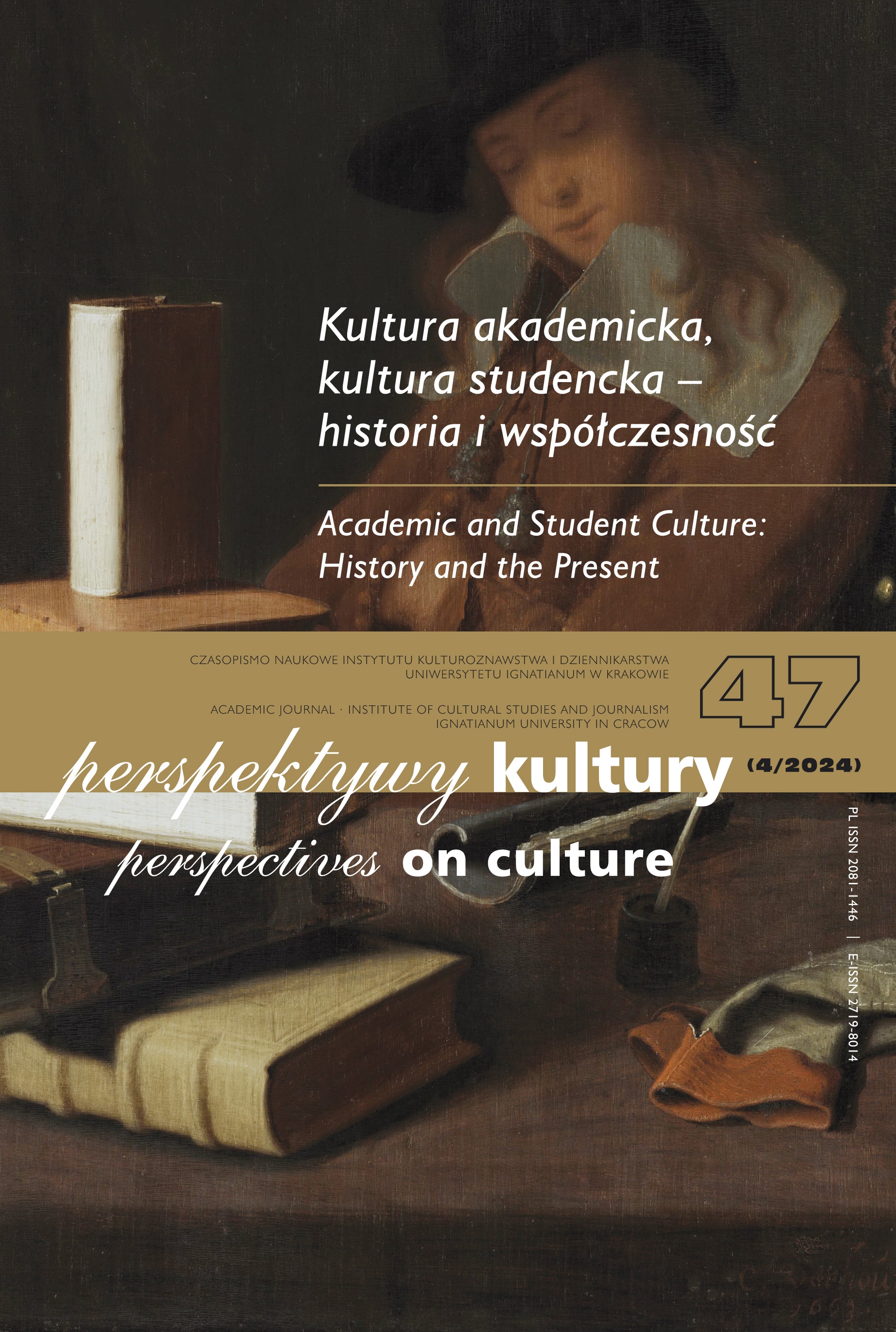The Image of a Polish Student of the Early 18th Century in the Libretto and Theater Reception of The Beggar Student by Karl Millöcker
Abstract
The article presents the portrayal of a Polish student in Karl Millöcker’s the Austrian operetta The Beggar Student, first performed in 1882 in Vienna and still among the most popular works in the European operetta repertoire. The libretto, written by Camillo Walzel (under the pseudonym F. Zell) and Richard Genée, situates the plot in Poland in 1704, during the rivalry for the Polish throne between Augustus II of Saxony and Stanisław Leszczyński, with a Polish student as the central character. While the operetta follows the convention of a love intrigue, it stands out for its historical setting in Polish history. The article explores the theatrical reception of the operetta, including the controversial reactions of 19th century Polish critics to the depiction of the Polish student in the Austrian operetta. The ongoing presence of The Beggar Student on theater stages has perpetuated stereotypical perceptions of Poles in European culture, in this case of the Polish student. These stereotypes portray the student as impoverished yet honorable, intelligent, humorous, adaptable to changing fortunes, and committed to for the welfare of the state and nation.
Copyright (c) 2024 Perspectives on Culture

This work is licensed under a Creative Commons Attribution-NoDerivatives 4.0 International License.
Autor, zgłaszając swój artykuł, wyraża zgodę na korzystanie przez Wydawnictwo Uniwersystet Ignatianum z utworu na następujących polach eksploatacji:
- utrwalania utworu w formie papierowej, a także na nośniku cyfrowym lub magnetycznym;
- zwielokrotnienia utworu dowolną techniką, bez ograniczenia ilości wydań i liczby egzemplarzy;
- rozpowszechniania utworu i jego zwielokrotnionych egzemplarzy na jakimkolwiek nośniku, w tym wprowadzenia do obrotu, sprzedaży, użyczenia, najmu;
- wprowadzenia utworu do pamięci komputera;
- rozpowszechniania utworu w sieciach informatycznych, w tym w sieci Internet;
- publicznego wykonania, wystawienia, wyświetlenia, odtworzenia oraz nadawania i reemitowania, a także publicznego udostępniania utworu w taki sposób, aby każdy mógł mieć do niego dostęp w miejscu i czasie przez siebie wybranym.
Wydawca zobowiązuje się szanować osobiste prawa autorskie do utworu.





